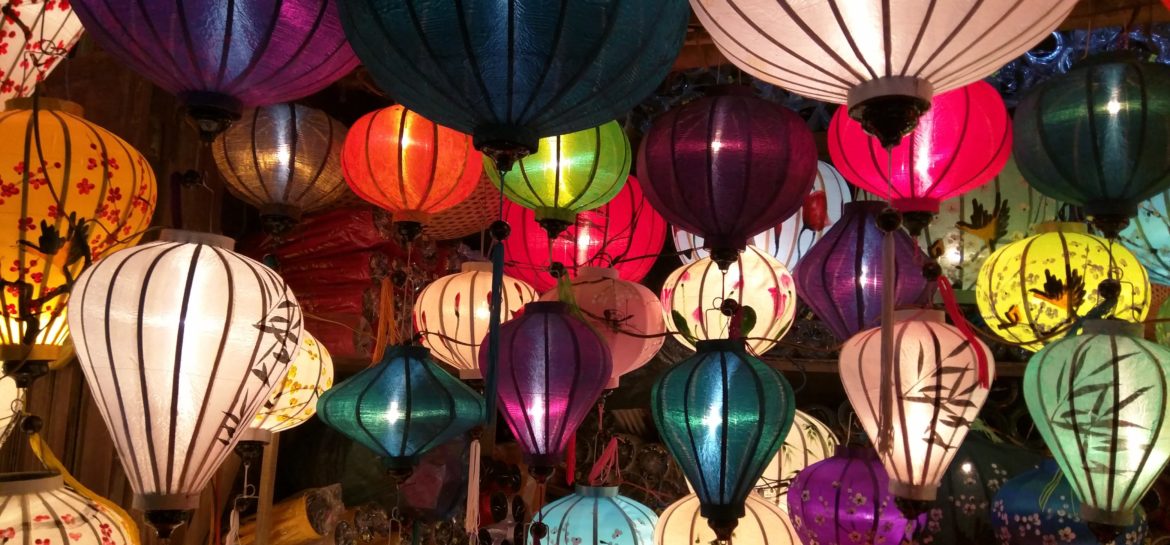
Hoi An’s reputation as a must see stop in Central Vietnam preceded itself. Tourist guides, blogs, and friends told of its enchanting shops and neighborhoods. We scheduled a long visit to this city in late February, intending it as a relaxing bookend to our epic trip through Thailand and Cambodia. This small and historic coastal city is literally lit up with colorful lanterns adorning streets and buildings with floral candles floating on the canals. It was charming indeed, but I couldn’t quite shake the feeling that we were at a Disney Resort and not an 18th Century Vietnamese town.

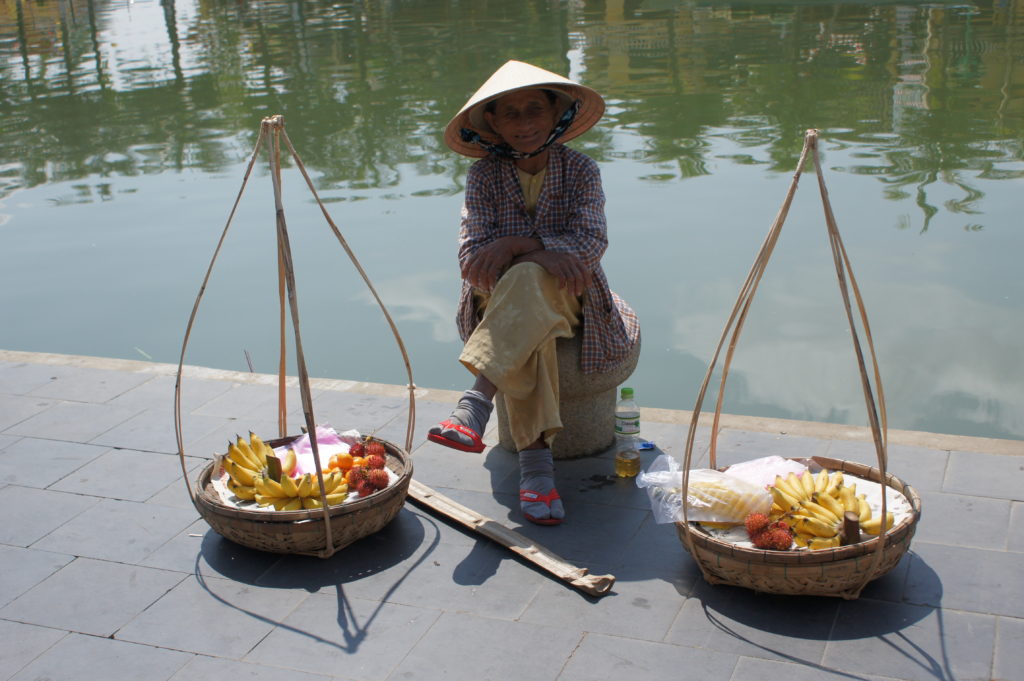

We arrived in Hoi An three days before the biggest and most important holiday in all of Vietnam, their celebration of the lunar new year and spring festival known as Tet. The days leading up to the Tet holiday in Vietnam saw much of the town empty as many shops and restaurants closed so people could spend time with their families for the holiday. Many other shops and homes were preoccupied with the traditional lunar new year preparations of cleansing the bad spirits from the previous year to welcome the new. Often we would find families busy burning paper money and other votive offerings in the street in preparation for the coming new year.
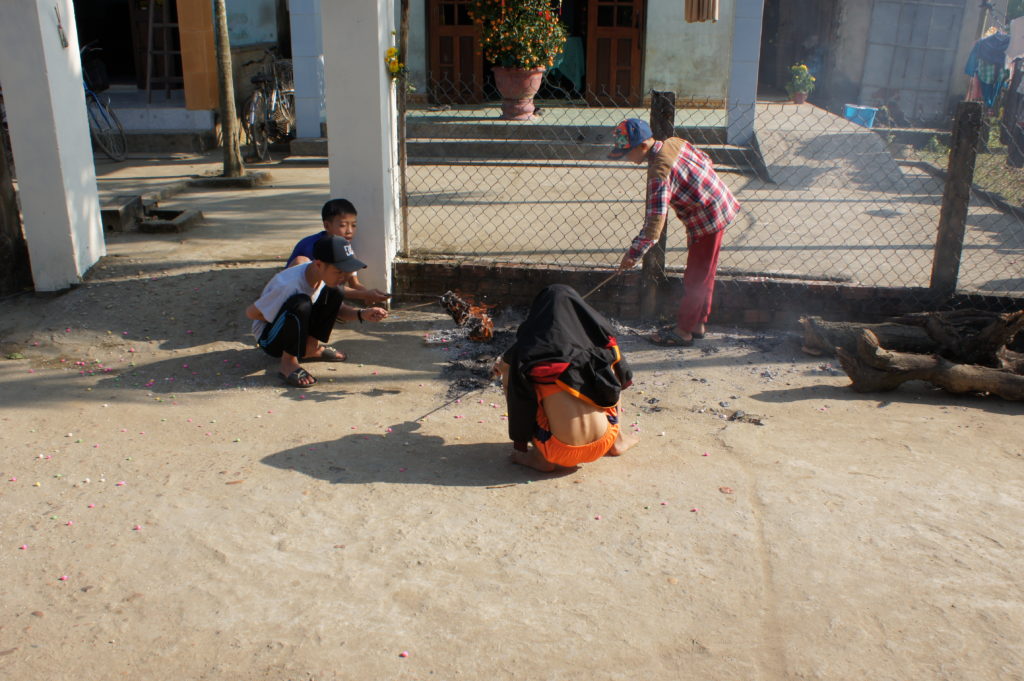
The relatively empty streets suited us as we were interested in a more subdued experience. We spent our days walking the old streets, biking through the local villages, or just laying on the sun-drenched and also relatively empty beach.




Not being able to shake my compulsion to experience more history and culture, we spent a day visiting the famous archaeological site of My Son. A beautiful series of temples in the mountains to the west of Hoi An, we wandered the trails leading through the jungled ruins. Our endless jokes and photos of Marco with imagined captions such as, “here my son stands near a sculpture at My Son”, were broken by a somber reminders of war we saw through the still visible craters left by bombing runs.
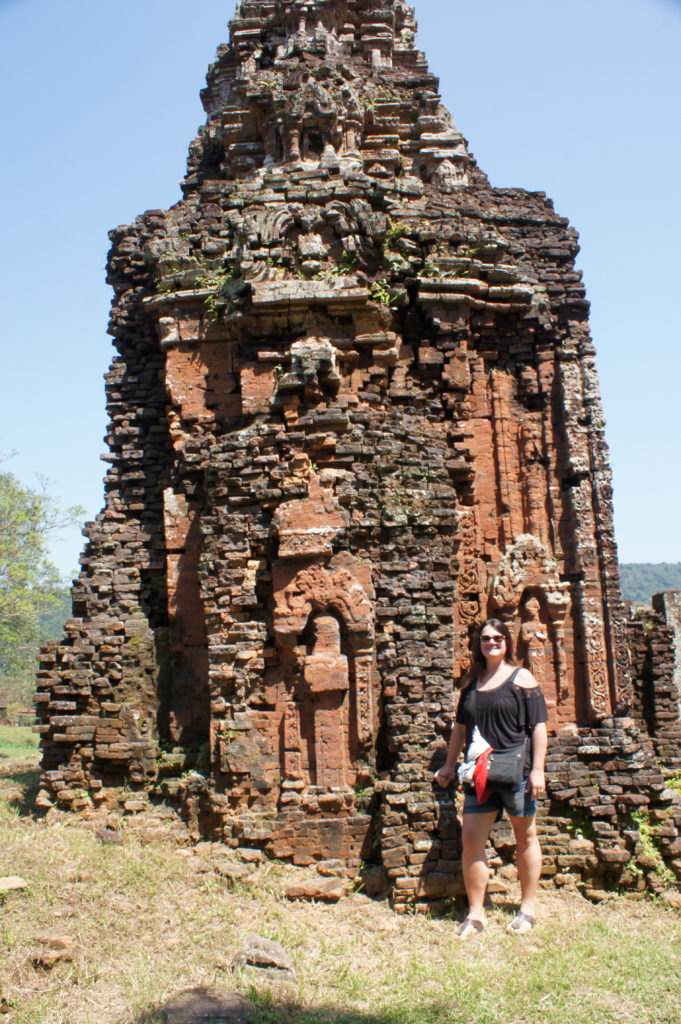
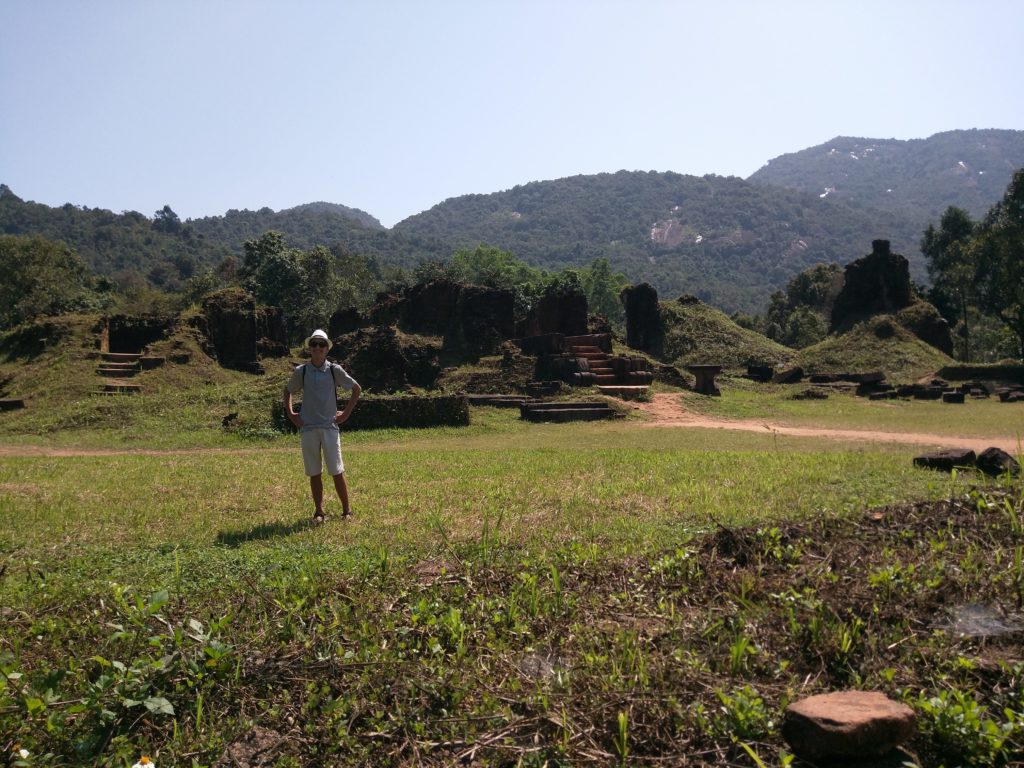
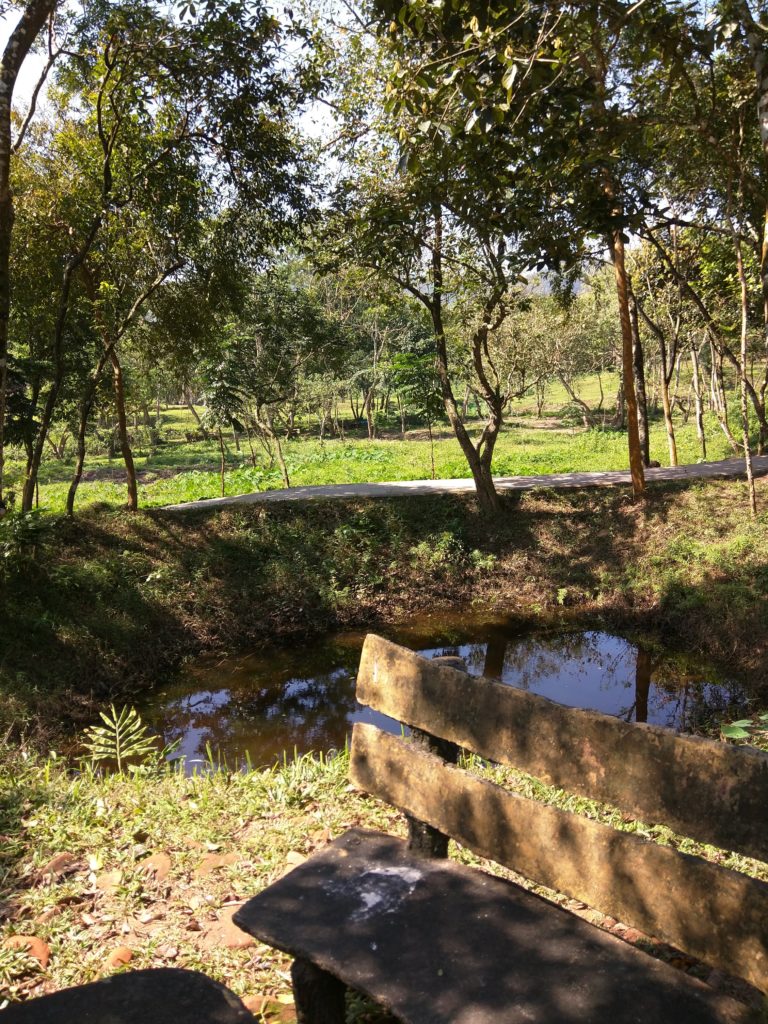
As Tet arrived, the city lit up with fireworks and dancing dragons. Families pulled their chairs out onto the streets to loudly sing Karaoke in celebration.
The day after Tet, the town became even more full and boisterous as bus loads of Chinese descended out of tourist buses and motor coaches to celebrate their shared national holiday and time off work.
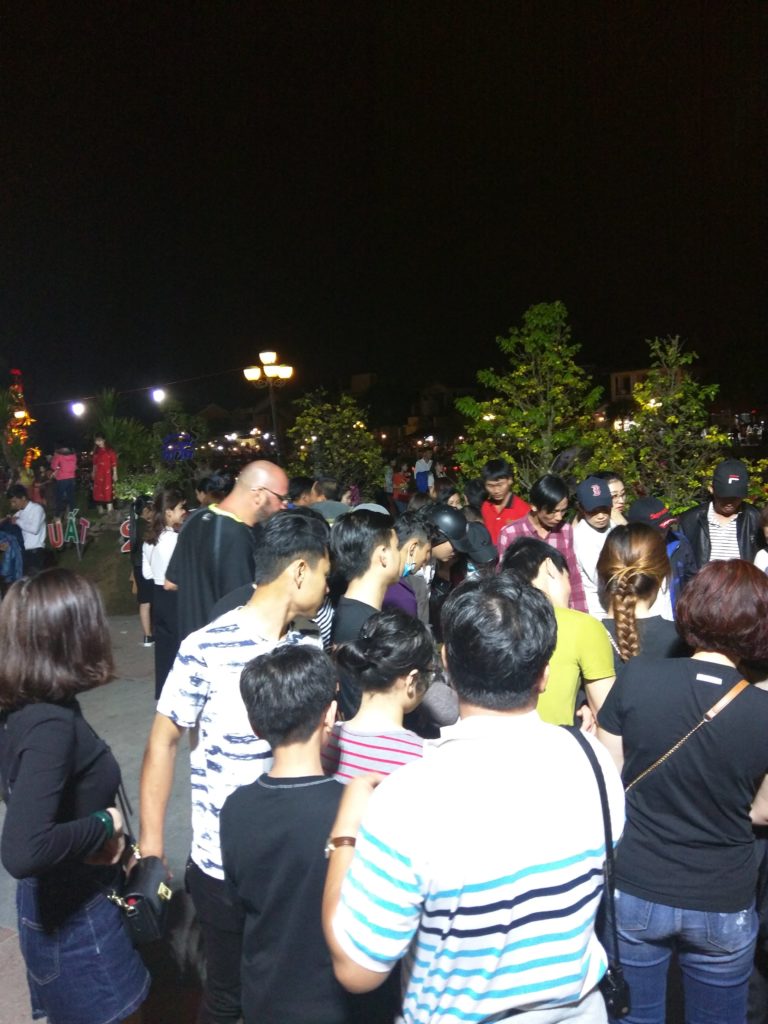
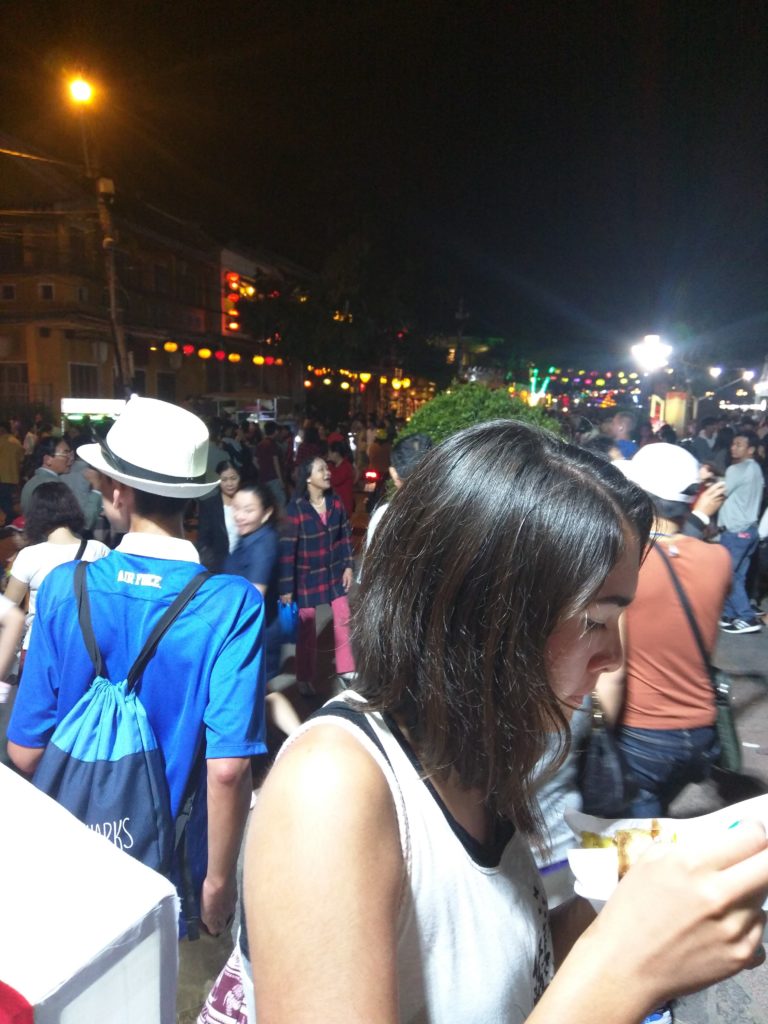
It’s hard to avoid the stories that come out of travel or tourism sources about the cities around the world trying to cope with the negative effects of tourism. Cities are closing their doors to tourists, photos of the massive crowds are causes of smirks and awe from those not there. The number of Chinese travelers who are now financially able to afford travel are now pushing some ares of Asia into this threatened zone. In every city or location we traveled to in SE Asia, the subject of tourism and the impact of particularly the Chinese, was brought up (unaided) by local guides, hotel, or restaurant staff. I don’t know the answer to that problem. Tourism is the path to financial opportunity and travel opens the mind to so much why should it be denied anyone? But the problems remain. Our time in Hoi An was enjoyable, but it was ever so less enjoyed because it lost some of it’s spontaneity and naturalness in the act of putting on a show for the tourists.